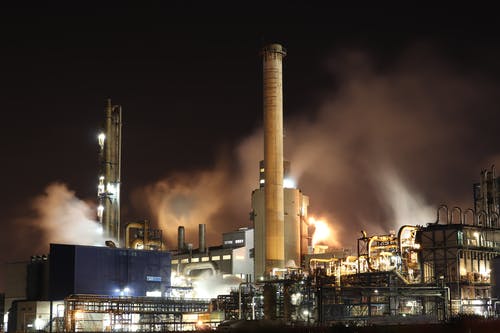A key concern arising from the worldwide pandemic-induced drop in oil demand in 2020 is whether it signaled the start of an inevitable reduction in fossil-fuel usage, which might greatly accelerate government attempts to attain net-zero carbon objectives. During COVID-19, there were significant shifts in government policy, technology, consumer behavior, and shipping. Electric car sales rose in a number of nations, despite a drop in overall automotive sales. With a dramatic increase in telecommuting, teleshopping, and teleconferencing, the use of digital technology has increased, reducing transportation oil usage, mainly in passenger and air travel.
However, certain elements of the COVID utilize more oil than others. There was a substantial shift away from public transportation and toward more use of personal automobiles, with evidence indicating people moved from large cities in the United States to the suburbs and smaller cities, where mass transit is scarce, and people drive more for non-commuting purposes. E-commerce deliveries increased dramatically in the United States and other countries, boosting short-haul truck vehicle miles traveled. While unconnected to transportation, petrochemicals used for personal protective equipment and packaging for take-out meals and e-commerce deliveries increased during COVID.

Understanding how oil demand could rebound and when it might peak will be variables in countries’ climate change efforts because of fossil fuels’ greenhouse gas emissions. The Center for Global Energy Policy at Columbia University and the University of California, Davis Institute for Transportation Studies (ITS-Davis) undertook an oil demand scenario assessment out to 2030 in the summer and fall of 2020. The purpose was to figure out how COVID, in combination with other political, economic, social, and technical factors, may affect long-term transportation activities and world oil consumption and to see if demand had peaked.
Four scenarios were devised by forty-four top energy and transportation experts, with the rate of economic recovery, the extent of government engagement in energy markets, and the stickiness of mobility patterns put in motion during the 2020 pandemic lockdowns varying. The consequences of these scenarios on transportation energy and oil usage were then modeled using ITS-Davis. Other COVID-unaffected regions were represented with less detail.
Three of the report’s four scenarios show an increase in global oil consumption until 2030, which is in line with projections from agencies like the International Energy Agency and others for that time period. The Forced Revitalization scenario, which defies the trend, is marked by substantial government investment in green stimulus, faster adoption of digital transportation technology, and delayed economic recovery, with oil consumption dropping after 2025. Alternative fuels’ increased competitiveness and the weaker economy in such a scenario both lead to decreased overall oil demand.
Despite active government programs aiming at lowering oil use, such as green stimulus packages issued in some nations during the epidemic, global oil demand is unlikely to peak before 2030. This is primarily due to the time it takes to turn over large transportation fleets, the increased use of petrochemicals, and aspects of COVID that could lead to an increase in vehicle miles traveled (VMT), such as increased personal vehicle use over mass transit, migration outside of large cities requiring people to drive more for non-commuting activities, and increased truck delivery miles for e-commerce.










